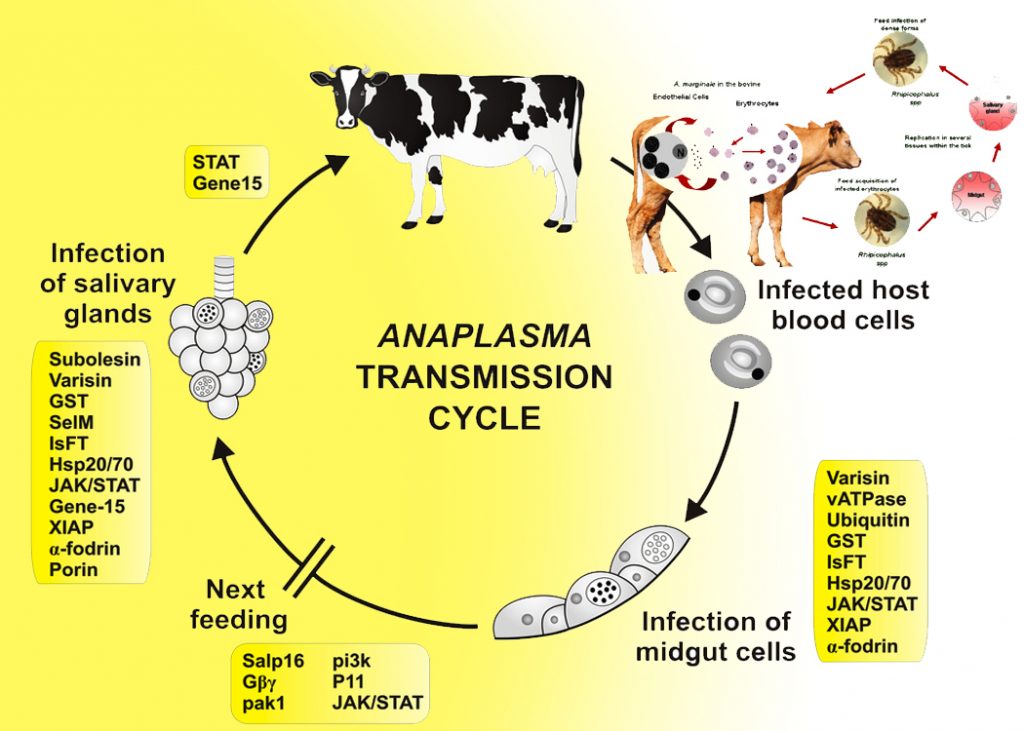
Authors: Prof (R). Dr. Ghulam Muhammad, Mr. Talha Javaid, and Mr. Lookesh Kumar Department of Clinical Medicine and Surgery, University of Agriculture, Faisalabad
Anaplasmosis, an infectious disease affecting small ruminants, is primarily caused by Anaplasma ovis, a gram-negative, obligate intraerythrocytic bacterium, which is typically transmitted via various tick species among animals, especially goats.
The disease is more prevalent during warmer months and tends to affect older sheep and goats more severely than younger animals.
Characterised by irregular, dark purple granules within red blood cells, A. ovis presents a higher disease severity in goats compared to sheep. While rare, the pathogen can infect cattle and is considered potentially zoonotic.
Infected animals frequently become lifelong carriers with varying bacterial loads. Among the notable species of Anaplasma, Anaplasma marginale predominantly affects cattle but can also impact sheep and goats.
Anaplasma centrale, known for its mild pathogenicity, is often utilised as a vaccine to combat A. marginale. Anaplasma phagocytophilum stands out due to its zoonotic nature, posing a risk to both animals and humans.
Lastly, Anaplasma bovis primarily affects cattle and buffaloes, contributing to the overall concern of infection in livestock.
Clinical signs are often mild or subclinical but may include fever, weight loss, anemia, jaundice, and in severe cases, death. Diagnosis involves clinical observation alongside microscopic examination, ELISA, and PCR tests, considering tick presence and anemia indicators. Differential diagnoses include parasitism, heat stress, nutritional deficiencies, and other tick-borne diseases.
Effective management of anaplasmosis relies on accurate diagnosis and preventive measures like tick control to safeguard animal health and productivity.






